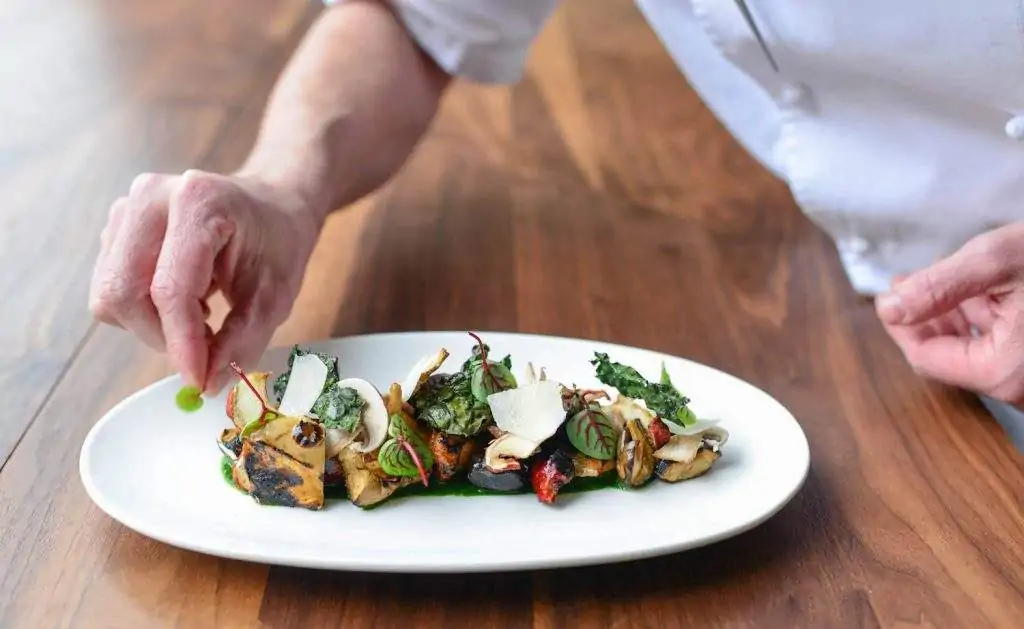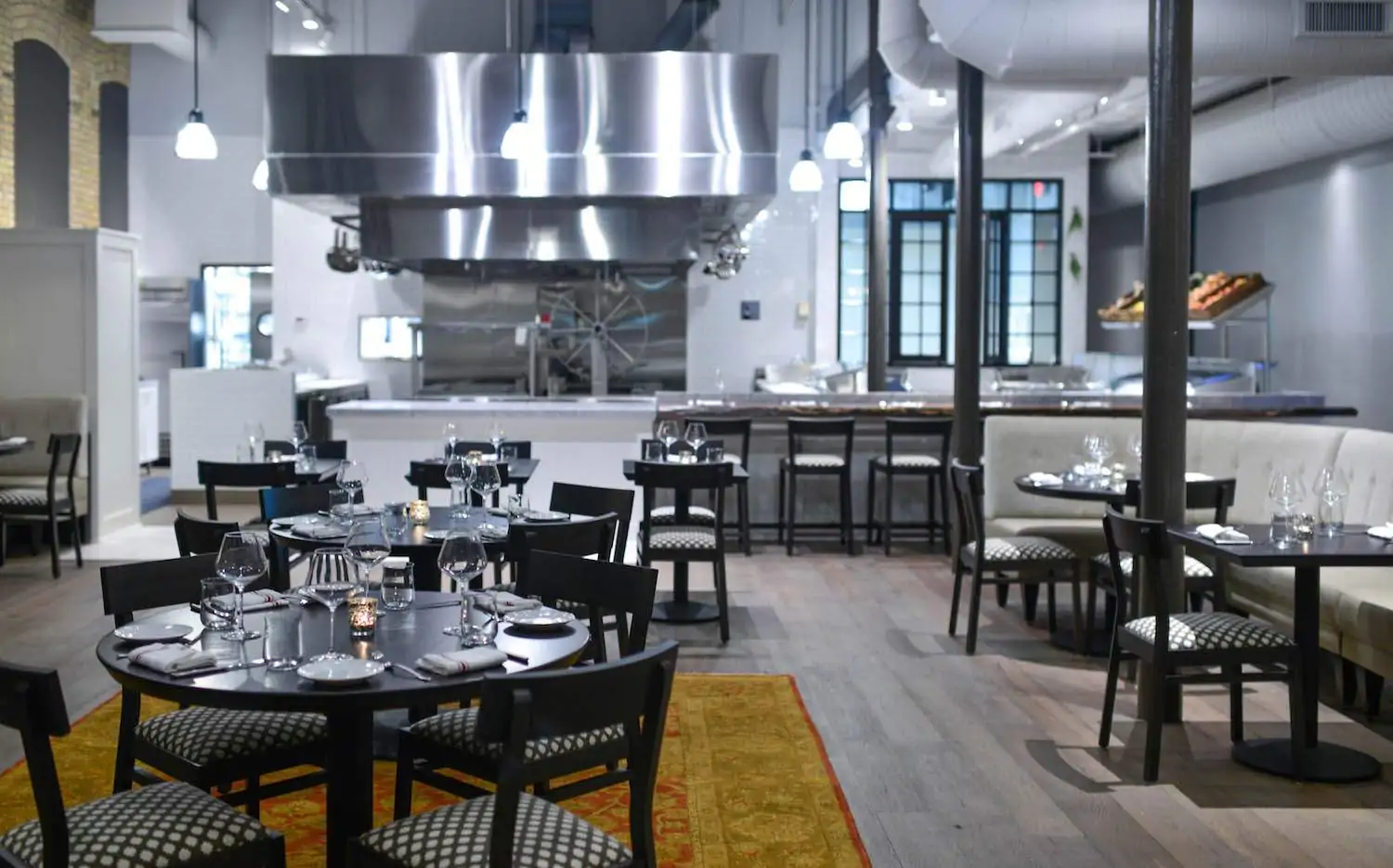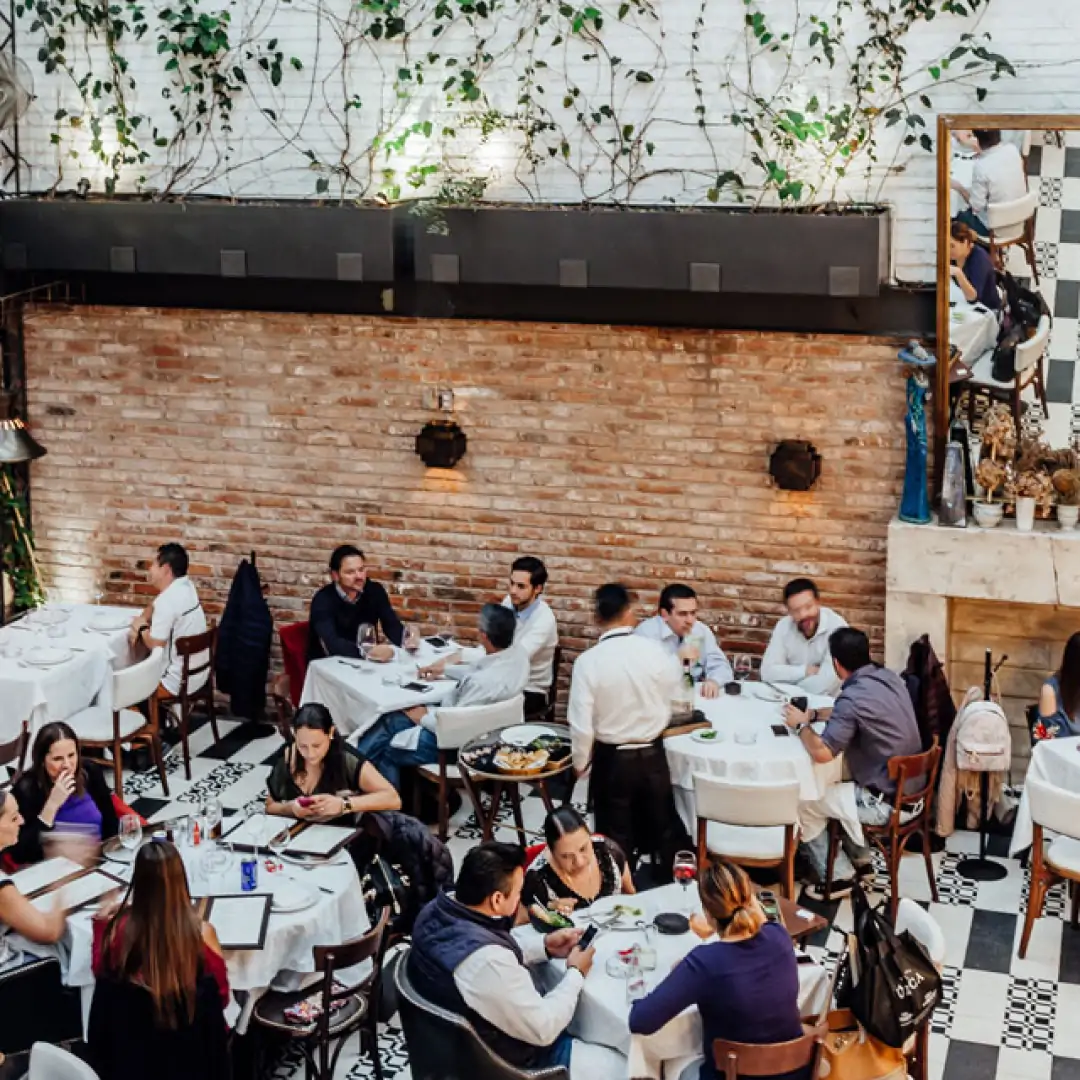These days, when you read about the best restaurants in America, Minneapolis is a locale that comes up often. Gone are the days when the city was known solely for the Mall of America and its bitterly cold weather. Minneapolis is a veritable food destination—as vibrant as New York or Los Angeles, but often a lot more affordable. It’s never been a better time to open a restaurant in the Twin Cities.
Why Minneapolis?
Minneapolis has recently experienced an explosion in its food scene: with the growing diversity of the population as well as an influx of Fortune 500 companies, the city is teeming with eager, open-minded diners, and chefs looking to push the envelope. Minneapolis is already home to some of the largest concert halls, convention centers, and sports venues in the country, and now that its dining culture is on the rise, “It’s just one of those cities that continues to be on everyone’s radar,” says Gavin Kaysen, chef of Spoon and Stable.
Next to its midwestern counterparts, Minneapolis is, according to restaurateur Brent Frederick, a unique melting pot of restaurants. “You can pick any kind of concept, and as long as you do it well, you have the opportunity to succeed.” This is largely due to the community, which Twist Davis Group owner Nick Rancone says is the most supportive he has ever seen of restaurants. “For anyone who wants to come in and do something that they really believe in, it’s a great place to do it because you’re going to connect with an excited group of people.”
As a bonus, Kaysen says that Minneapolis does not have the kind of permitting and licensing roadblocks that many other places face, as the city is actively supporting the growth of the restaurant scene (though Rancone adds that a couple of very residential areas do not give out liquor licenses at all). “There’s just this energetic potential” in Minneapolis, Rancone says. “We’re in a really exciting phase fueled by lots of people coming in from the outside.”

The challenges
Ingredient delivery infrastructure is less robust. Whereas in a place like New York there are restaurants on every block and therefore deliveries coming at all hours of the day, in Minneapolis, the situation is a lot different. “I can’t necessarily get a second group of trucks to give me a second run delivery because I forgot to order cauliflower,” Kaysen says. “There aren’t enough restaurants to support that.”
Slow summers. Contrary to what one might think, the winters are some of the busiest months for dining in Minneapolis. “The winter is a way of life here, so it’s no surprise,” Kaysen says. In contrast, during the summer, most people go to cabins or lake homes, and there are a lot of outdoor fairs and festivals in the city—so the restaurant business slows significantly, according to Frederick.
Staffing shortages. Because the restaurant boom has happened so quickly and suddenly, Frederick says that there is a “strain on the market” for finding back-of-the-house staff. “It’s getting better, but it’s still tight.”

Produce limitations. For restaurants like those in the Twist Davis Group, prioritizing locally-sourced produce, Rancone says the pickings are pretty slim for large parts of the year. And the few months when the produce is at its best fall during the summer, “when it’s hardest to get people in the restaurant,” he says.
Tips for success
Go bold. Minneapolis diners, according to Frederick, err on the progressive and adventurous side—so restaurants need not worry about modifying their flavors to have more mainstream appeal. “Minneapolis used to be meat and potatoes,” he says. “But now you have chefs here that have worked in New York and Los Angeles and St. Louis and come from all these different backgrounds. People like the freedom to choose between different concepts.”
Go casual. Frederick says the fine-dining scene has died down significantly, and now most new spots that open focus on high-quality fare in a casual setting, targeting a more value-conscious diner. “They still want good service, but white linens and candles are a thing of the past,” he says.
Avoid the showy décor. “I would put an emphasis on the quality of the product more than the flash of the design. I think that Midwesterners don’t suffer fools that well—they don’t buy into the flash as much as they buy into the substance,” Rancone says.
Read the fine print on employee laws. Minneapolis has very specific regulations on elements like minimum wage, paid sick time, and tips. Frederick stresses the importance of reading through all of these and subsequently taking an active role in local politics to stay informed.
Go after the little neighborhoods. A lot of the more trendy neighborhoods, like North Loop, have become oversaturated with places to eat. Both Rancone and Frederick suggest looking for spaces in the smaller, less-developed neighborhoods—like South Minneapolis—whose communities are excited to support the growth of new restaurants.
Invest in a good bar program. “The craft cocktail scene is only getting bigger,” Frederick says. “It slowly developed but now it’s humming on all cylinders. There are tons of spots that do a really great job with drinks.”
Photo Credit: Bonjwing Lee for Spoon and Stable.




